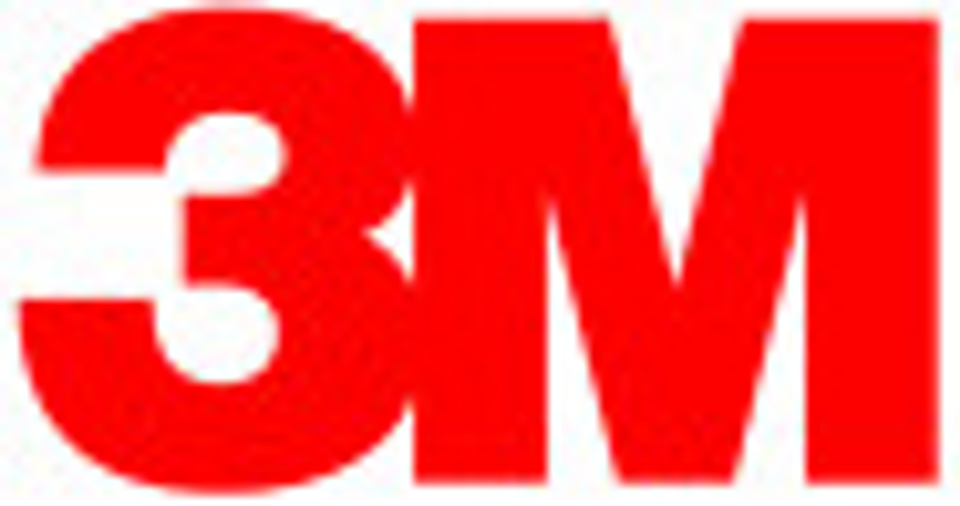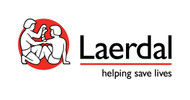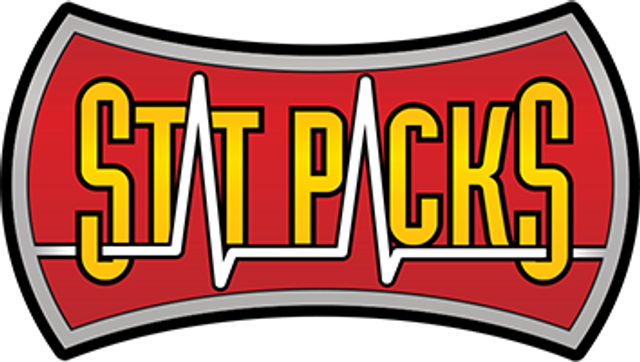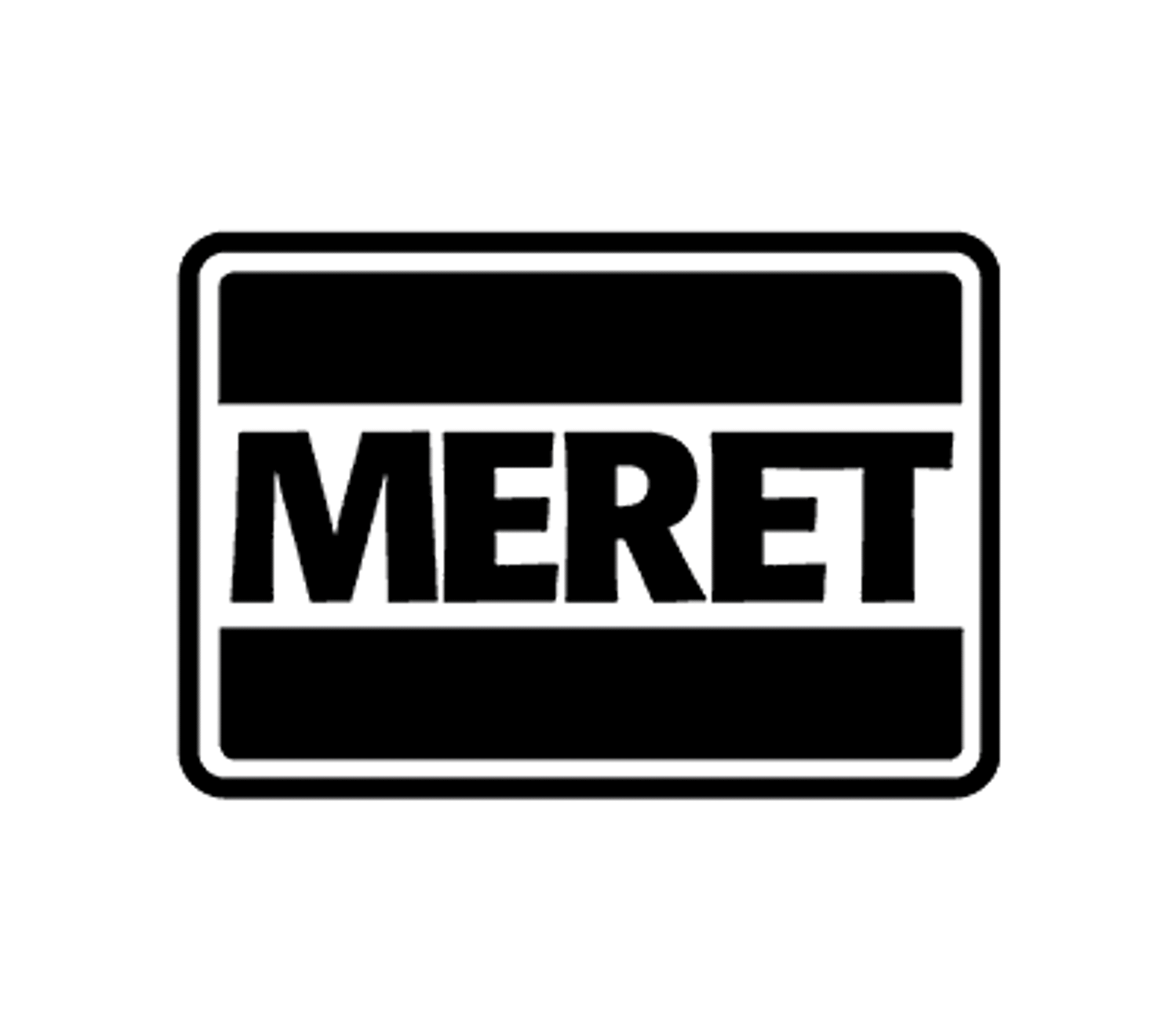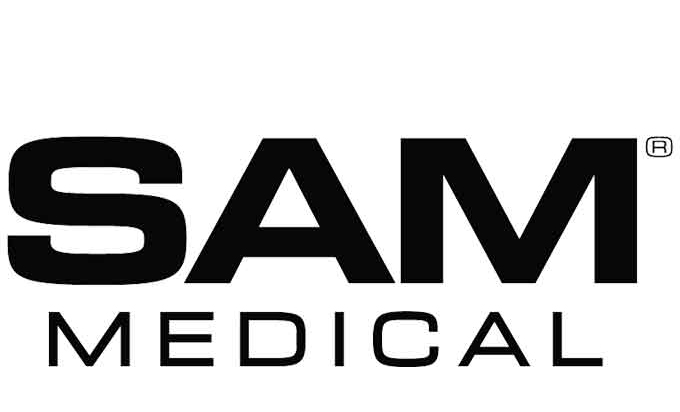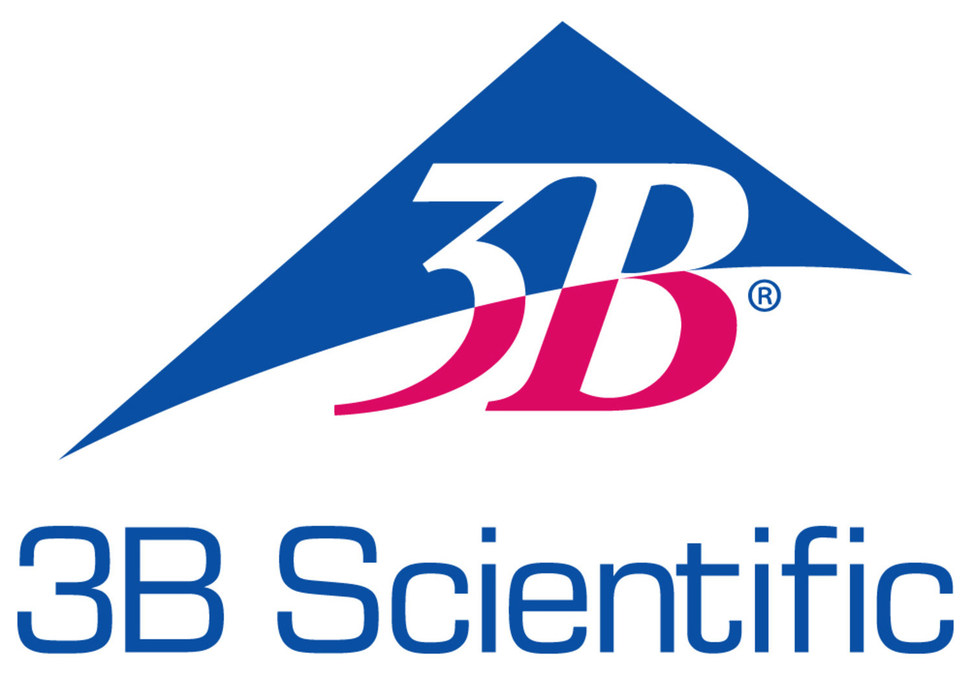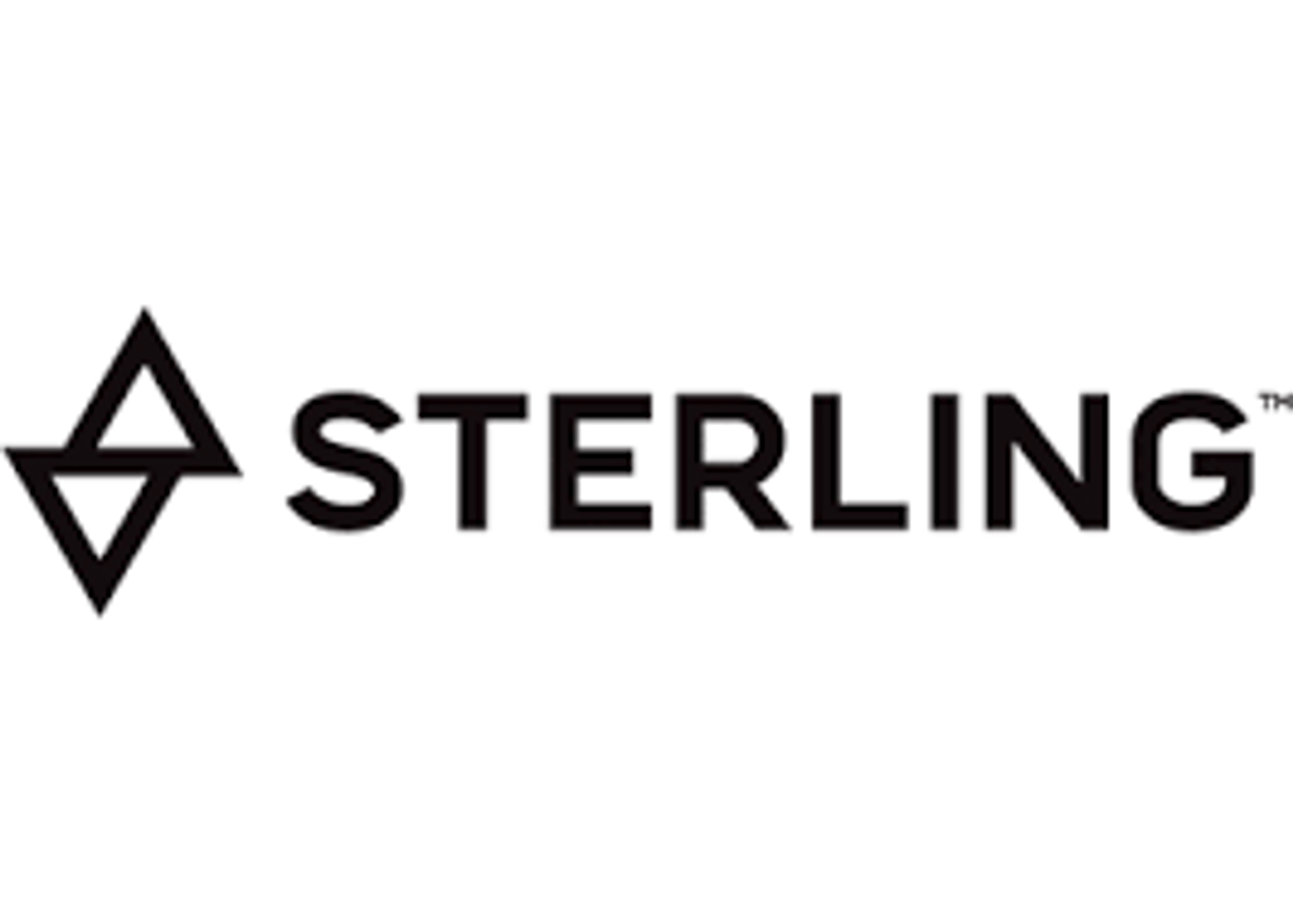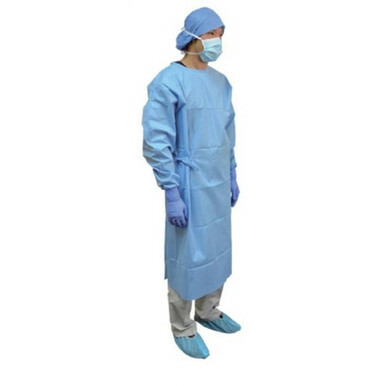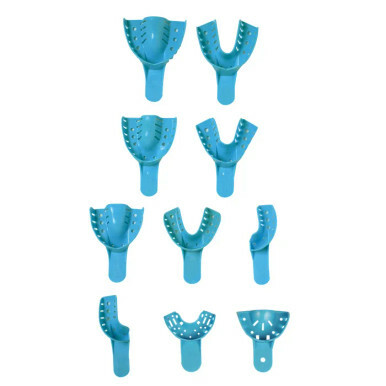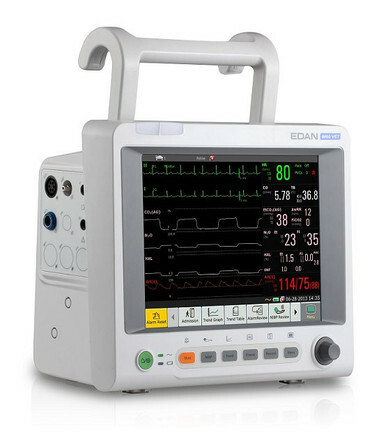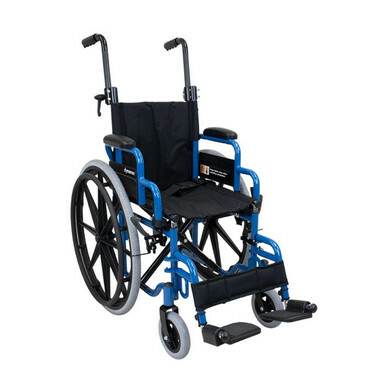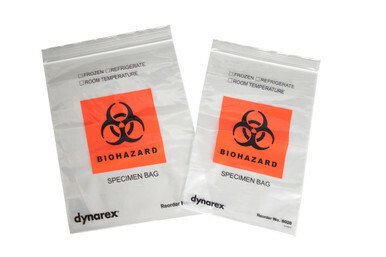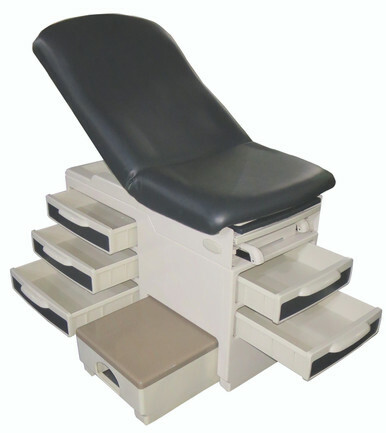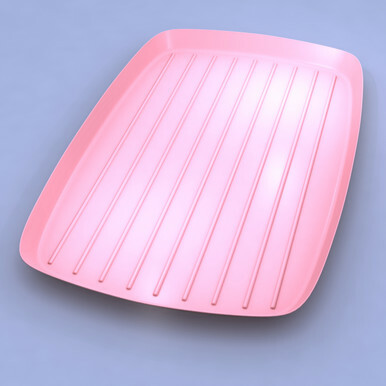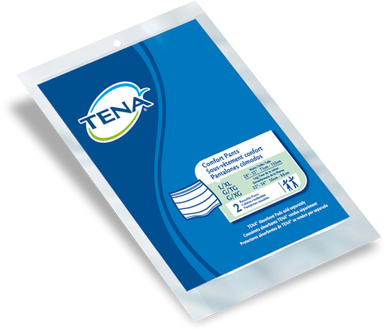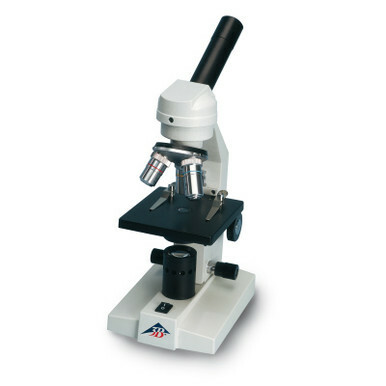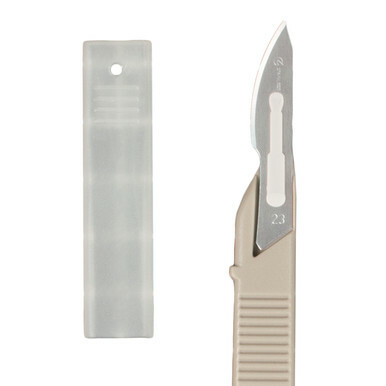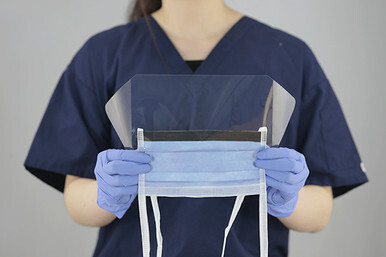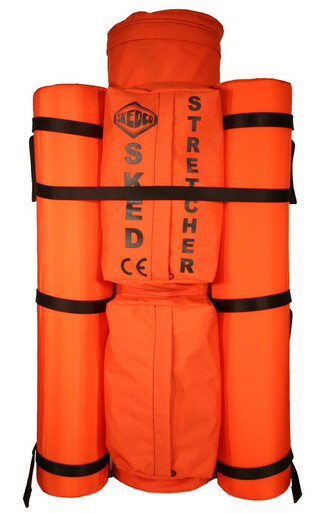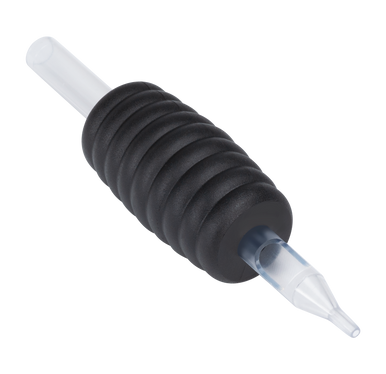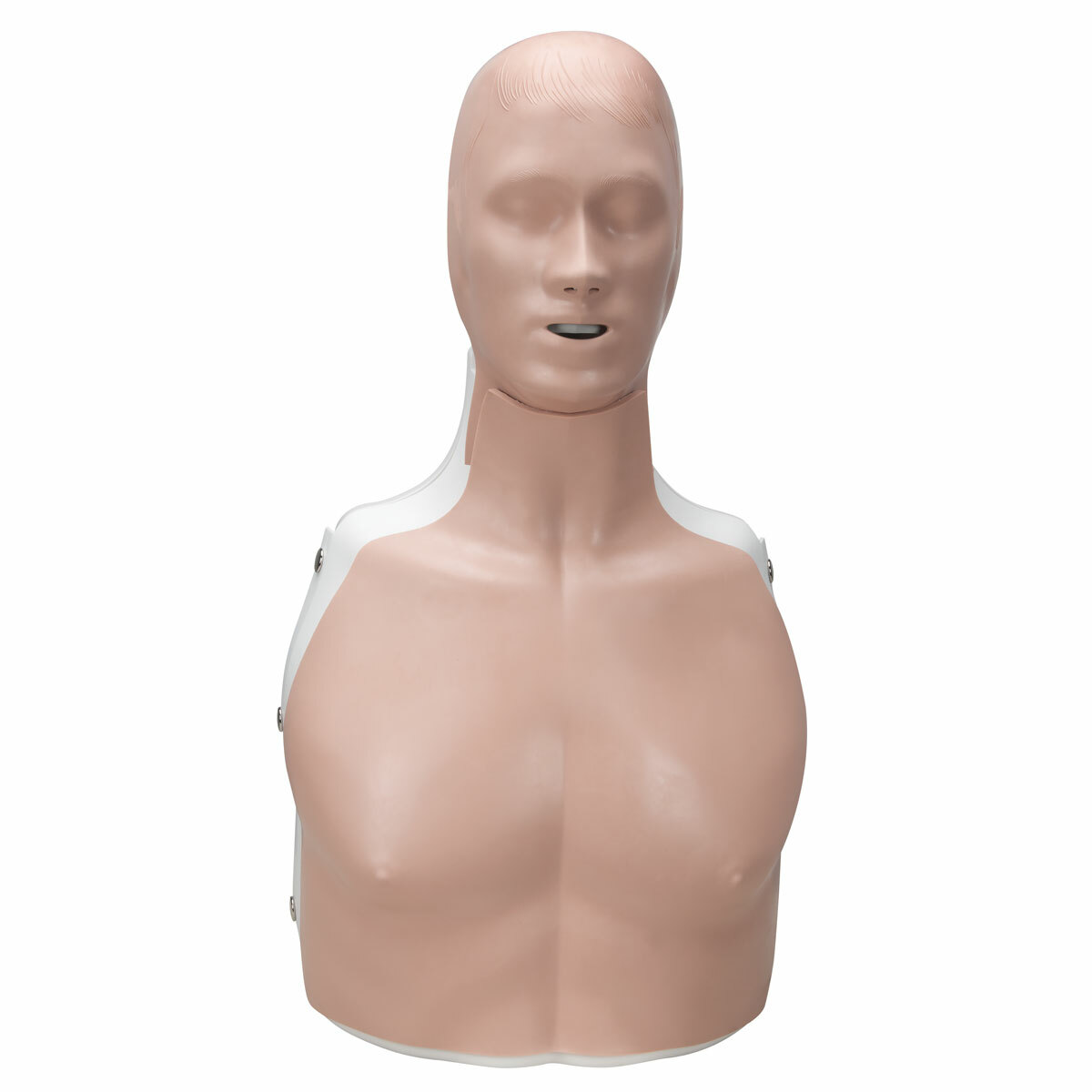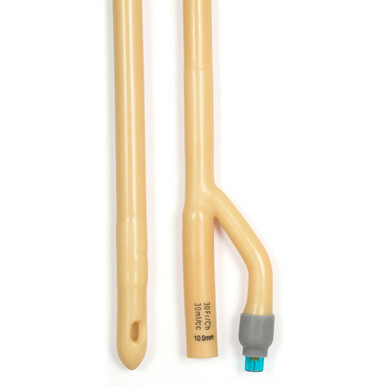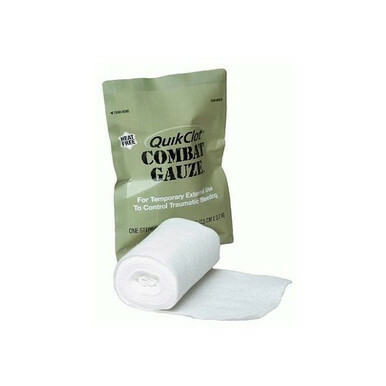The Silent Heroes: Unveiling the Vital Role of Medical Suction Units in Healthcare
Posted by EMRN on 4th Jan 2024
The Silent Heroes: Unveiling the Vital Role of Medical Suction Units in Healthcare
In the intricate world of healthcare, certain devices often work behind the scenes, silently playing a crucial role in patient care. One such unsung hero is the medical suction unit. This blog post aims to shine a light on the significance of these devices, exploring their functionalities, applications, and the indispensable role they play in maintaining airway clearance and ensuring the well-being of patients.
Understanding Medical Suction Units
- Core Functionality: At its essence, a medical suction unit is designed to clear unwanted fluids, secretions, or foreign materials from a patient's airway. This is particularly vital in emergency situations, surgeries, or when a patient faces difficulty in breathing due to respiratory issues.
- Portable and Stationary Units: Medical suction units come in both portable and stationary forms. Portable units are often utilized in emergency medical services, ambulances, and home healthcare settings, providing flexibility in various environments. Stationary units are typically found in hospitals, clinics, and surgical suites, catering to more extensive medical needs.
Applications in Healthcare
- Respiratory Care: Medical suction units are integral in managing respiratory conditions. From clearing excessive secretions in patients with respiratory diseases to aiding in post-surgical recovery, these devices contribute significantly to maintaining optimal lung function.
- Emergency Response: In emergency medical situations, such as choking incidents, cardiac arrests, or trauma cases, quick and efficient airway clearance is critical. Portable suction units play a vital role in providing immediate assistance, potentially saving lives.
- Surgical Procedures: During surgeries, maintaining a clear operative field is imperative. Medical suction units are used to remove blood, fluids, and debris, ensuring visibility for surgeons and minimizing the risk of complications.
Key Features of Medical Suction Units
- Adjustable Vacuum Levels: Medical suction units come with adjustable vacuum levels, allowing healthcare professionals to tailor the suction force based on the patient's needs and the nature of the procedure.
- Disposable and Reusable Components: Many units feature disposable canisters and tubing for single-use scenarios, minimizing the risk of cross-contamination. However, some components are designed to be reusable, providing cost-effective and environmentally friendly options.
- Battery Operated for Portability: Portable medical suction units are often battery-operated, ensuring they remain functional even in settings without a direct power source. This is especially beneficial in emergency situations or during patient transport.
Maintenance and Safety Considerations
- Regular Inspections: Healthcare providers must conduct regular inspections of medical suction units to ensure all components are functioning correctly. This includes checking the tubing, canisters, and suction pressure levels.
- Proper Disposal of Waste: Proper disposal of suction canisters and waste is crucial to prevent the spread of infections. Healthcare facilities must adhere to guidelines for the safe disposal of materials collected during suction procedures.
Conclusion
Medical suction units stand as silent guardians in the realm of healthcare, safeguarding patients' airways and ensuring the success of various medical procedures. Their versatility, portability, and crucial role in emergency response make them indispensable tools for healthcare professionals across diverse settings. By understanding the applications and key features of these devices, we can appreciate the silent yet impactful contributions they make to the well-being of patients worldwide.

